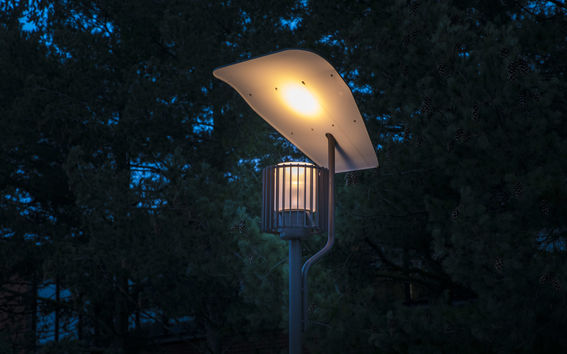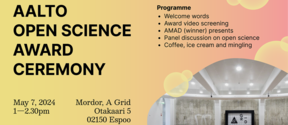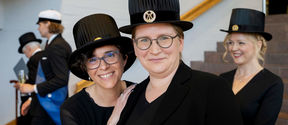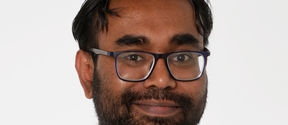Three ways artificial light affects your circadian rhythm - use these hints to improve your sleep quality

You can feel the November darkness in your mind and body. It is as though we have closed ourselves deep inside a black cave, where the only light source is artificial lighting. What do studies tell us about the impact of artificial light? What can we do about the matter?
- In the dark winter period, it is important to gain a sufficient amount of light in the morning and during the day. Go out during daylight. In addition to gaining enough light, whether natural or artificial, it is equally important that it really is dark at night. This is relevant for the circadian rhythm.
- Artificial light, and blue light in particular, disturbs sleep. What we do under artificial lighting also matters. Watching an overtly suspenseful programme or writing work emails may interfere with your sleep more than watching a relaxing TV series from a dim screen. Blue light interferes with melatonin production. It is a relief that, according to studies, the negative impact of blue light on the quality of sleep is short-term. After turning off the light, it does not take long for melatonin production to return to normal level.
- According to studies, a dim light and a red light may also weaken the quality of sleep. They affect some people also when sleeping because everyone’s eyelid thickness is unique. The thicker the eyelids, the better they protect from light. In addition, disturbing lights may enter the home from outside, even if your lights are turned off. Outdoor lighting along roads and streets may also shed light inside the house. Blackout curtains and blinds should also be used during winter nights, in order to prevent artificial light from entering in and disturbing sleep.
Lighting is important. Without it, we would not be able to work and live a normal life. But light can also pollute and interfere with the circadian rhythm. Studies suggest that light pollution thus also affects our health. In the future, an increasing proportion of people will live within the impact of light pollution, as more and more people will live in cities. Cheap and easily used led lights will also increase over-lighting. Fortunately, solutions exist: no more over-lighting, but directing light only at the required item. For example, outdoor lighting is usually not needed above the horizon line, and light can be targeted so that it does not enter people’s homes.
For this article, we interviewed Postdoctoral Researcher Leena Tähkämö, whose article on the effects of light on the human circadian rhythm has just been published in the Chronobiology International magazine.
Leena Tähkämö, Timo Partonen & Anu-Katriina Pesonen (2018): Systematic review of light exposure impact on human circadian rhythm, Chronobiology International, DOI: 10.1080/07420528.2018.1527773
Enquiries:
Leena Tähkämö, DSc
Postdoctoral Researcher
Aalto University
Department of Electrical Engineering and Automation
[email protected]
Text: Riikka Hopiavaara
Photo: Mikko Raskinen
- Published:
- Updated:
Read more news

Join us for the first Aalto Open Science Award Ceremony
All Aaltonians are welcome – no registration required!
Donor story - Yrjö Sotamaa: ‘Supporting the university is about building our own future’
Professor Emeritus is still an active design influencer both at home and internationally. He is now also a monthly donor to School of Arts, Design and Architecture.
Doctoral education pilot arouses wide interest among applicants and corporate partners
The doctoral education pilot has got off to a fast start.